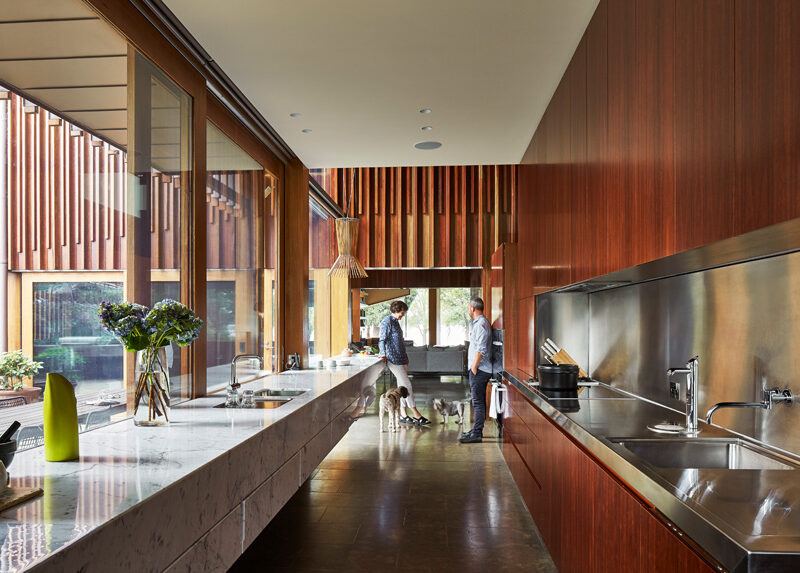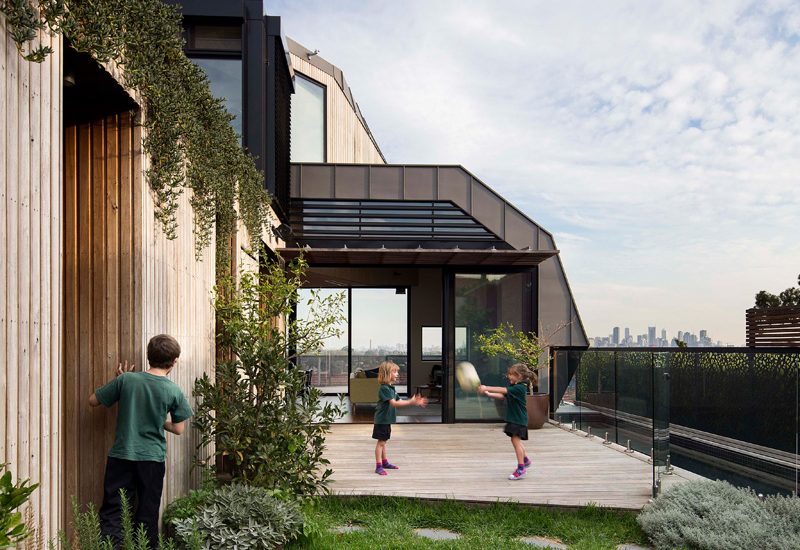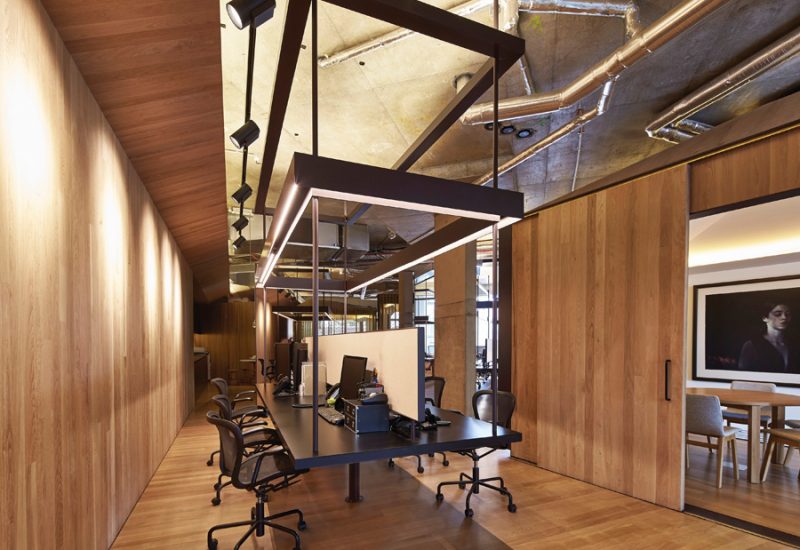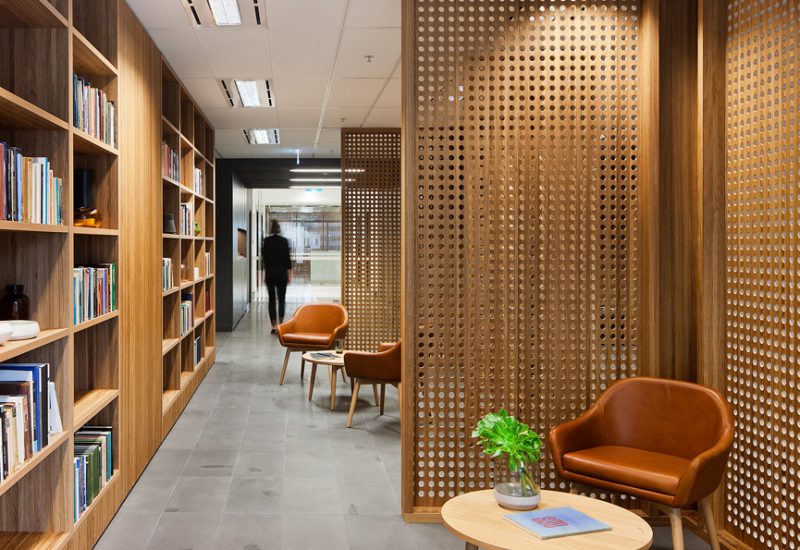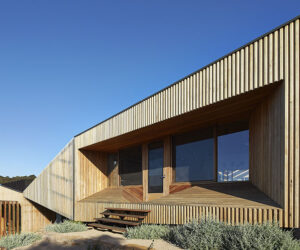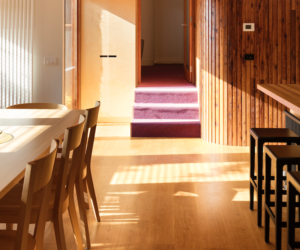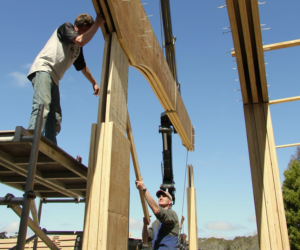Wood: good for everybody
As a material, wood is readily chosen by builders, architects and homeowners for its functional purposes, environmental credentials and aesthetic qualities. What you might not know, however, is that timber has yet another string to its bow: it can promote human wellbeing.
Research shows that wood can offer us much more than aesthetic appeal. In recent times, an increasing body of evidence has suggested that including timber in built environments enhances feeling of physical wellbeing. In fact, there’s now an architectural movement specifically concerned with designing to complement the brain and body’s responses known as “neuro-architecture”.
The way humans interact with wood on a physiological level all comes down to our sympathetic nervous systems. Our nervous system reacts when the body detects stress by increasing our heart rate and blood pressure among other effects. Long-term exposure to stress-inducing environments equates to enduring deleterious physical responses which can lead to poor health. Interestingly, in built environments these symptoms have been shown to be alleviated by the presence of wood.
The results of studies are compelling. For example, a Japanese study which compared the physiological response of 14 people sitting in wooden or steel wall panelling found that exposure to wooden panels decreased the blood pressure of subjects. Meanwhile, exposure to steel was found to significantly increase blood pressure.
It would appear that exposure to wood directly benefits us physiologically. An Austrian study compared the heart rates of 30 people sleeping in a pine wood bed with people sleeping in an imitation wood bed over a three-week period. Astonishingly, sleeping in the pine bed reduced participant’s heart rates by 3500 beats daily compared to the other test group.
Another study conducted over the course of a year examined 36 high school students taught in either a classroom furbished largely out of solid wood versus one with a linoleum floor, plasterboard walls and chipboard cupboards. Students taught in the former room displayed lowered heart rates and even decreased perception of stress. By contrast, students in the latter classroom experienced the opposite outcomes.
It is thrilling to watch new evidence emerge that proves the crucial role that timber plays in built environments. Moreover, as we discover the strengths of wood we are also able to understand how other materials adversely impact our physiology. We can use this information to design and develop spaces specially optimised to enhance wellbeing – particularly in workplaces and schools, which are generally known to be stressful environments. If you love wood, we have good news: it loves you right back!
All the information in this article was found in Planet Ark’s 2017 report Wood – Nature Inspired Design. You can access the full report via makeitwood.org
Sakuragawa, S., Miyazaki, Y., Kaneko, T. & Makita, T. Influence of wood wall panels on physiological and psychological responses. Journal of Wood Science 51, 136–140 (2005).
Positive health effects of Stone Pine furniture. (Joanneum Research Institute of NonInvasive Diagnosis, 2012).
Kelz, C., Grote, V. & Moser, M. Interior wood use in classrooms reduces pupils’ stress levels. (2011)
